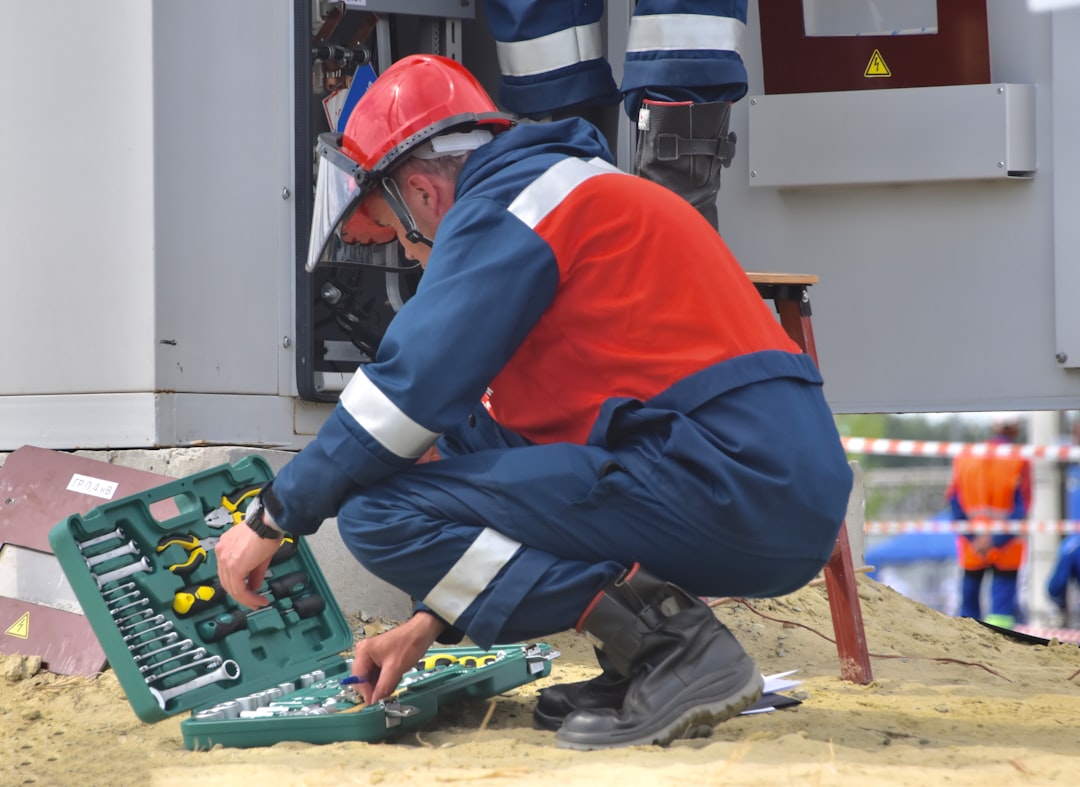
Spinal decompression services are designed to alleviate back pain and promote healing within the spine. This non-surgical treatment approach targets issues such as herniated discs, degenerative disc disease, and sciatica. Through various techniques, spinal decompression aims to relieve pressure on the spinal column, improve blood flow, and enhance nutrient distribution to the spinal discs, providing patients with a path toward recovery. As awareness of these services grows, it’s essential to understand their benefits and available options.
One of the primary benefits of spinal decompression therapy is its ability to relieve pain without the need for invasive procedures. Many patients experience relief from chronic pain conditions that have not responded to traditional treatments, such as medication or physical therapy. Techniques like mechanical spinal decompression or traction therapy can gently stretch the spine, creating space between the vertebrae and reducing pressure on the nerves. This non-invasive approach can often lead to a faster recovery and less downtime compared to surgical options.
In addition to its pain-relieving qualities, spinal decompression services can improve functional mobility. By reducing discomfort and enhancing spinal health, patients can regain the ability to perform daily activities with ease. Many individuals find that their range of motion increases as inflammation decreases, enabling them to engage in exercise and hobbies they may have previously avoided due to pain. This functional improvement contributes not only to physical health but also to overall quality of life.
When it comes to spinal decompression, patients have access to several treatment modalities. Chiropractors, physical therapists, and specialized clinics often provide various techniques, including manual therapy, mechanical traction, and advanced technologies like decompression tables. Each method has its advantages, and patients should consult with healthcare professionals to determine which option best suits their specific needs and conditions. Personalized treatment plans can greatly enhance the effectiveness of spinal decompression services.
As patients explore spinal decompression services, it’s crucial to consider the importance of working with qualified healthcare providers. Comprehensive assessments, including medical history and diagnostic imaging, can ensure that decompression therapy is appropriate for the patient’s specific spinal condition. Moreover, combining spinal decompression with other supportive treatments, such as physical therapy or lifestyle modifications, can optimize results and foster long-term spinal health.
In conclusion, spinal decompression services offer promising solutions for individuals suffering from chronic back pain and related conditions. By understanding the benefits and available options, patients can make informed decisions about their treatment pathways. Whether through mechanical traction or other therapeutic techniques, spinal decompression can be an essential component of a holistic approach to spinal health, empowering patients to reclaim their lives and live pain-free.